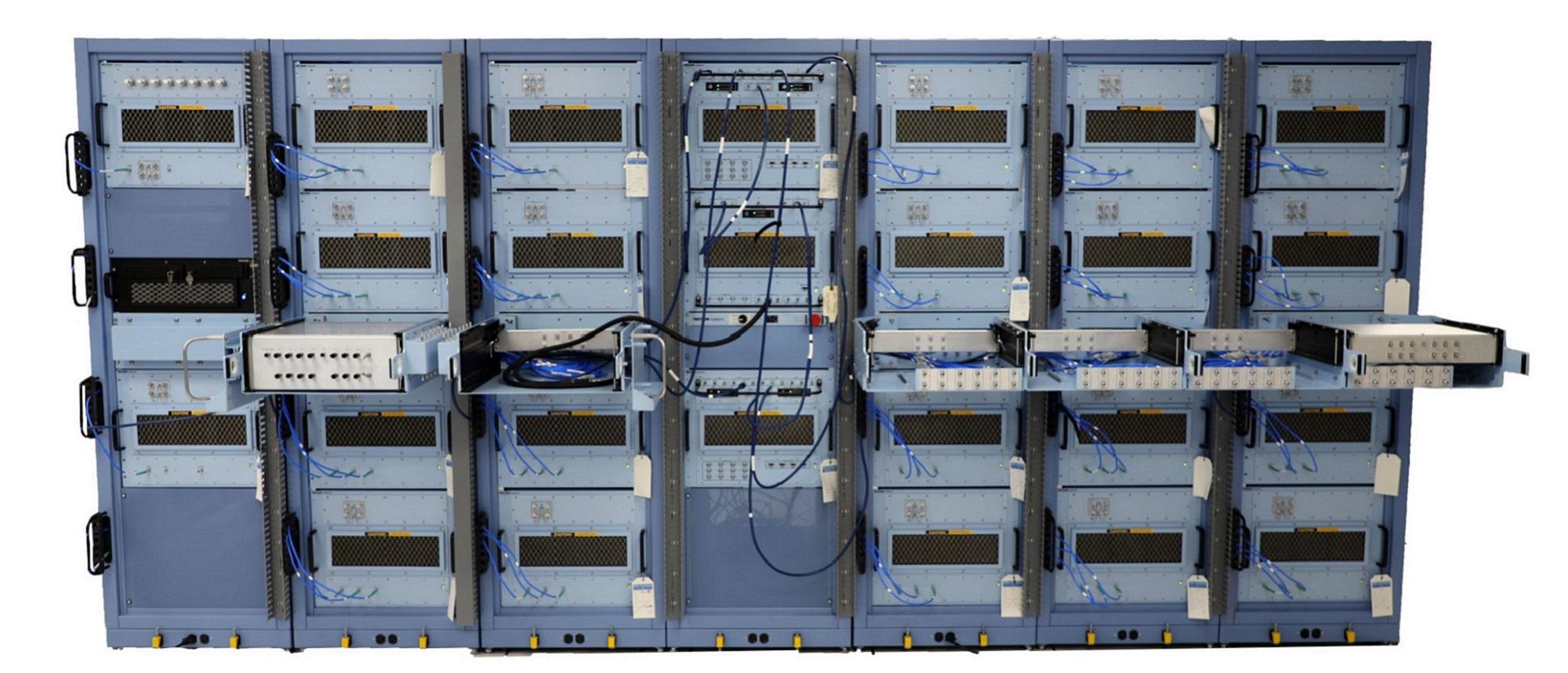
Prepping Fifth-Generation Fighters for Tomorrow’s Conflict
As technology continues to evolve, companies are innovating to meet the future demands of militaries. This is particularly true in the air domain. According to Popular Mechanics1, the leading fifth-generation stealth fighter costs approximately $44,000 per hour per aircraft to fly, making this an expensive red-air training option for militaries. In addition, training exercises cannot replicate the complexity of the battlefield environment with enough fidelity to provide for a high-quality learning experience for trainees, or an effective test ground for sophisticated onboard systems. With advanced equipment and weaponry that require an increasing amount of training aircraft and accessories, militaries are turning to companies like Textron Systems for new ways to prepare for conflict.
Through interactive, multi-spectral advanced environment creation, Textron Systems has harnessed the ability to refabricate the future in the laboratory. Using high-fidelity environment simulators, a massive repertoire of experiences can be provided to advanced fifth-generation fighters. Since the technology housed in these fighter aircraft lack inherent intuition, the experiences administered during training give the technology the maturity it needs to succeed in the multi-domain battlespace.
“It is no longer a conventional fight – it is often a fight people can’t see,” stated Steve Mensh, Senior Vice President, Electronic Systems. To best tackle the obstacles that plague traditional methods of conflict preparation, test and training have moved off the range and into the lab.
Fifth-generation fighters are really the first to account for the saturated electromagnetic spectrum environment with advanced communications, navigation and electronic warfare systems onboard. To fully meet the challenges of the battlefield environment, these systems must be trained to leverage the spectrum defensively and offensively. Electromagnetic Environment simulators (EMS) are ideally suited to allow the customer to prepare its systems and people for future use.
To accomplish this, the asset’s computer must be taught the correct responses – but at the speed of machine learning. With their enhanced capabilities come the ability to quickly recognize a change in environment and react to it, shifting to an alternate setting in a fraction of a second. To provide this service, complex programming and software skills are required. The team at Textron Systems is one of few able to successfully create and implement a high-fidelity interactive simulated battlefield environment able to unleash the aircraft’s full capability.
After years of dedicated research and development, Textron Systems is redefining machine learning through an innovative solution. “We imagined what the requirements would be and then created a product to deliver those requirements,” stated Byron Green, Vice President, Global Sales & Strategy.
Using its Advanced Architecture Phase Amplitude and Time Simulator (A2PATS®), Textron Systems can help customers program the computer and software housed in advanced fighters to elicit the correct responses for the wide variety of scenarios it could encounter. These scenario-based sequences allow the computer to learn more, as each individual scenario is rehearsed within the A2PATS environment. These singular experiences become a robust repertoire of responses that continues to grow with each new sequence. “With this training, the computer will be able to evaluate its past experiences to determine the best outcome based on what it has learned,” said Green.
These complex and comprehensive simulated training scenarios yield aircraft and pilots who have experienced the rigors of warfare in a spectrum-challenged environment, without having to leave the runway.
As militaries around the world continue to prepare for the continuously evolving multi-domain battlespace, the capabilities provided by Textron Systems’ A2PATS technology gives customers the chance to prepare their equipment and people for the next fight. Success will require technology that’s capable of fighting a continuous barrage of attempted exploitations, as well as able to harness the electromagnetic spectrum as an offensive tool. Combining these strengths with multi-spectral proficiency and coordinated teaming with multiple aircraft will only increase the customer’s effectiveness. The continued development and learning will ensure these challenges are met and defeated.